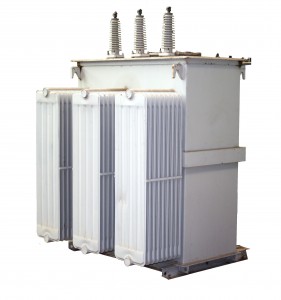Kva and Mva Oil Filled Power Transformers and Differential Relay Protection
A utility electrician asked MIDWEST how a transformer differential relay worked. He said he wanted a simple answer in English. He had talked to an electrical power transformer engineer and by the time the engineer got done with diagrams and calculations, he said he had no idea what the guy was talking about. He was more confused than ever. This was a practical person who had worked on 5000 kva to 50 Mva oil filled power transformers. He wasn’t an engineer or a test technical.
So here goes a nice understandable explanation. It’s not very technical and it’s a little figurative. The differential relays for protecting very large Kva and Mva electrical power transformers are basically just measuring the power going into the power transformer and measuring the power coming out of the power transformer. The transformer relays compare what goes in to what comes out and if there is a big enough difference, they tell the protective circuit breaker to “Turn off the transformer!” Because, if there is less coming out than is going in, that means energy went somewhere it wasn’t suppose to. Maybe to ground. And that could make a 20 Mva electrical power transformer very unhappy. The job of the relays is to turn off the power going into an electrical oil filled transformer before a fault destroys the transformer. The calculations and diagrams are pretty cool, but unnecessary to understand the basic concept. Differential protection is used elsewhere in electrical power systems, especially where there is critical expensive switchgear. You typically would not find differential protection on a 2000, 3000 or 5000 Kva oil filled power transformer. But when the transformers are defined by Mva, say 20, 30, 50 or 100 Mva oil filled power transformers, then differential protection can be very important.
